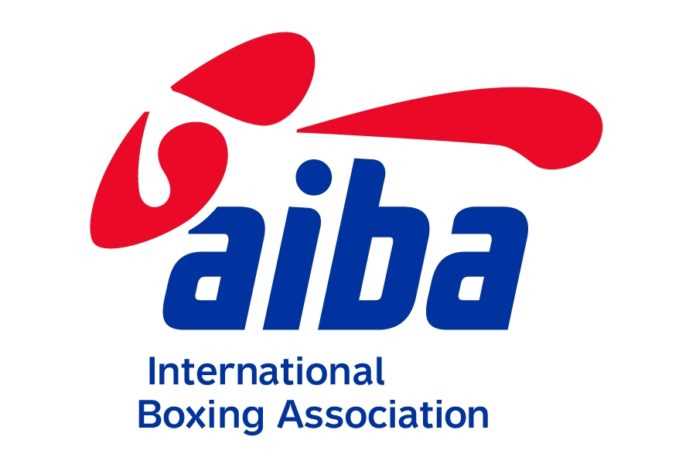The World Championships in Artistic Gymnastics is on for the next week in Doha, Qatar, with a star-studded field that includes not less than 20 men and women who have won Olympic or World Championships, including the incomparable Kohei Uchimura from Japan and Simone Biles of the United States.
So why is the Federation Internationale de Gymnastique so remorselessly cheap with prize money for this event?
Think about it: there are only two team competitions, two All-Around competitions and a grand total of 10 apparatus finals for men and women combined. But here’s how much is available in prize money:
• Team event: $15,000-9,000-6,000-3,000-3,000-3,000 for the top six teams
• All-Around: $5,000-3,000-1,000 for the top three placers (men and women)
• Apparatus: $3,000-2,000-1,000 for each apparatus
(This is a combination of Swiss Francs and U.S. dollars, but as the exchange rate is currently even, we show the total just in dollars.)
That’s a grand total of – wait for it – $156,000 in prizes for the entire meet! Of this, $84,000 will go to men and $72,000 to women because the men have six apparatus and the women have four (what happened to gender equity?).
This is pathetic, especially in consideration to what others pay.
Gymnastics is one of the three “Group A” sports in the Olympic Movement, along with the federations for Athletics (IAAF) and Aquatics (FINA). All three receive at least $32 million from the International Olympic Committee as a share of the television revenues from the Olympic Games. So we need to compare FIG with these other “A’ federations and what they paid athletes at their 2017 Worlds:
• IAAF: 8 places: $60,000-30,000-20,000-15,000-10,000-6,000-5,000-4,000
• Relays: $80,000-40,000-20,000-16,000-12,000-8,000-6,000-4,000
• Total: $7.19 million
• FINA: 8 places: $20,000-15,000-10,000-5,000-4,000-3,000-2,000-1,000
• (Swimming) Total: $2.52 million out of a total purse of $5.46 million for the World Aquatics Champs (also Diving, Open Water, Synchro, Water Pol0)
You already know about what FIG is paying, so its $7.19 million vs. $2.52 million (for swimming) vs. $156,000!
The IAAF posts no financial statements, but the FINA does. Its 2017 statements showed income of CHF 78.3 million (about the same in U.S. dollars) and a surplus of CHF 21.3 million, not to mention CHF 120 million in reserves!
The FIG also does not post its financial statements, making them available only to its members on the password-protected FIG Intranet. Nevertheless, in its Bulletin no. 243, published last August, the minutes of the FIG Council meeting in Istanbul (TUR) from May 2018 noted that:
• FIG had a financial surplus of CHF 2.45 million for calendar year 2017, better than expected.
• “The IOC revenues … were our main income” according to Secretary General Andre Gueisbuhler, and represented 52% of the FIG revenues for 2017; the total IOC contribution will increase by CHF 2 million for the 2020 Games in Tokyo.
• A reserve of CHF 18 million is available for operations in case an Olympic Games were to be canceled. So the FIG has money.
Moreover, the financial program for the future includes an allocation of CHF 2 million for an “Ethics Foundation” and CHF 300,000 for testing facilities at the University of Freiburg (GER).
Gueisbuhler, who retired earlier this year, noted that “the income received [from the IOC] every 4 years had always risen, but we should not rely on that because the situation may change in the future. If we wanted to have additional revenues, we must improve our own competitions.”
What the FIG should be doing is severely increasing the prize money available to its athletes. It’s astonishing to think that this organization – founded in 1881 and pre-dating the IOC itself by 13 years – is so badly managed that it can’t award as much for the tiny number of events in its World Championships than the IAAF or FINA can for much larger programs.
True, FIG also has championships in Rhythmic Gymnastics, Acrobatic Gymnastics, Aerobic Gymnastics and Trampoline, but it should build up the prizes for those too, just as the IAAF and FINA do for their minor championships.
To pay what FINA does, the FIG would spend just $840,000, or for IAAF money, a total of $2.1 million, for its major event of the year, held three years out of every four, rather than every other year as in athletics and aquatics.
Why aren’t the gymnasts screaming about this? No wonder FIG doesn’t post its financials!
Rich Perelman
Editor

























